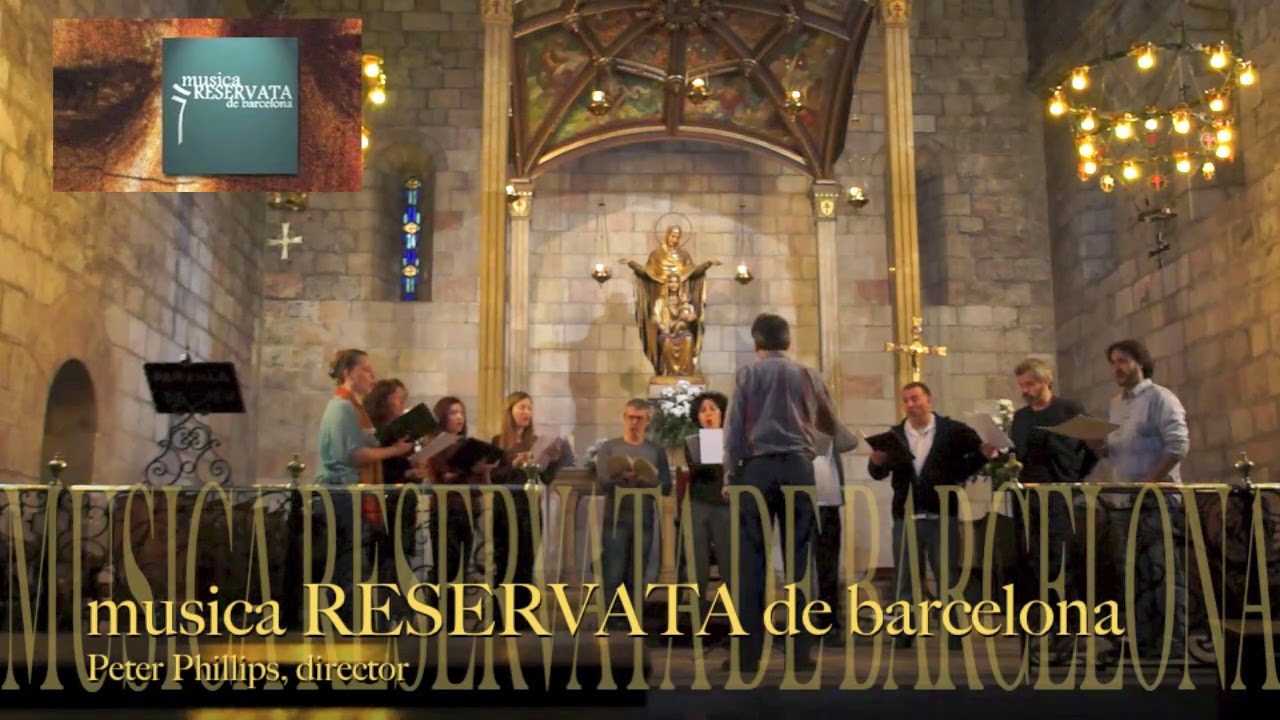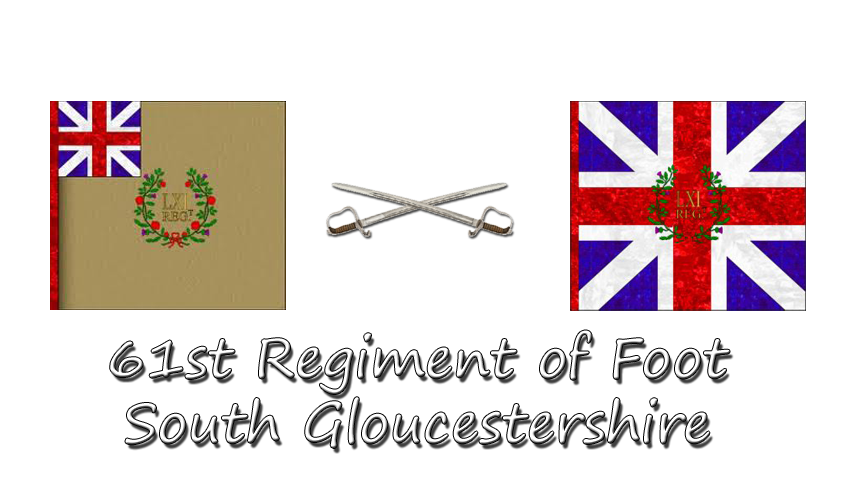Every one is welcome at the
fiestas and people come from far and wide to take part in these lively street parties, particularly the
jaleo, at which black Menorcan breed horses are the stars of the show.
The origins of the
jaleo
date back to medieval times and are steeped in tradition but, once the
show starts, the history and original meaning will be lost to most as
the band strikes up, crowds spill out on to the streets and into the
squares where makeshift bars are set up selling beer and
pomada
(a potent mix of local gin and lemon).
The beautiful black menorcan
horses, adorned with ribbons and rosettes, and their riders dressed in
back tail coats, white trousers and three-pointed hats, make their way
through the throngs into the main square in twos and threes, where, to
shouts and cheers from the crowd, they show off their skills, dancing
on their hind legs and even jumping, in time to the
jaleo melody played by the brass band.
It is a spectacle the likes of which you will not see anywhere else in the world. The
fiesta
atmosphere is infectious. It is impossible not to get caught up in it –
before you know it; you too may be making your way into the midst of
the masses, reaching up to touch the horses’chests.









